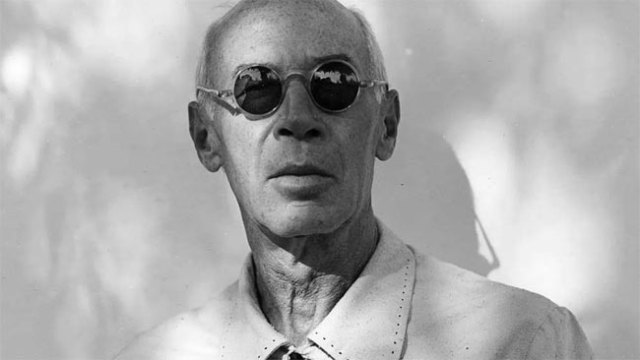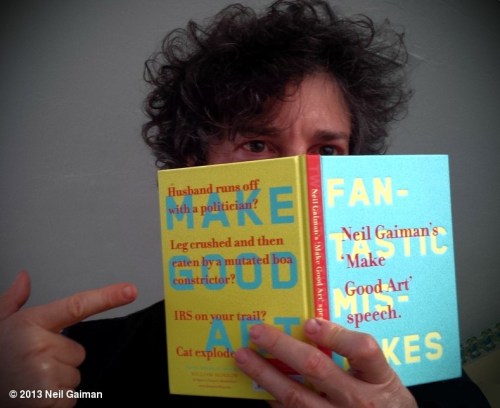
Image via Pixabay
Writing character deaths is a tricky task that many writers grapple with. Due to the huge prevalence of death in fiction, it has increasingly become a theme writers feel they have to include.
Most notably, literature that gets showered in accolades often includes the tragic deaths of all manner of loveable characters. Parental figures, faithful pets and best friends are the most common victims.
Awards given to books aimed at younger audiences, such as the Newbery Medal and Michael L. Printz award, often seem to seek out the most poignant, shocking deaths that catapult protagonists into maturity.
Books like Bridge To Terabithia and Looking For Alaska are famed for cutting adolescent romance short with sudden death, while Charlotte’s Web made audiences weep over a dying spider.
Gordon Korman, in No More Dead Dogs, jokes that:
The dog always dies. Go to the library and pick out a book with an award sticker and a dog on the cover. Trust me, that dog is going down.”
All of this begs a few questions. Has death in fiction become a cheap gimmick, included with the sole intention of nabbing awards? Do writers have to include death for their story to have emotional depth?
Whatever the answer to these questions, it’s undeniable that death is a theme with enduring relevance. As long as you take steps to ensure character deaths are written with care, with the grand scheme of your narrative always in mind, its presence in your writing won’t be cheap.
Here are a few pointers for dealing with death in your fiction.
Remember the Significance of Death
An important step in understanding death in fiction is pondering its significance to audiences, and considering why it’s one of the most frequently portrayed themes. Human mortality has been reflected upon since the birth of literature, often elevating writing and provoking thought among readers about the nature of life.
Modern writers often see death as a theme of universal value, the ultimate existential dilemma. Without fail, the theme can rouse feelings of anxiety and fear, while also potentially opening up avenues to self-discovery and coming-of-age. Additionally, death has great symbolic importance as part of the natural cycle of birth and decay.
With all this to consider, it’s easy to see why death often wins writers’ awards. But it’s important to be honest with yourself as a writer, and to consider what the idea of death means in the unique context of your story. It’s too metaphysical and powerful a theme to simply shoehorn into a narrative.
This brings us to our next piece of advice: ensuring there are valid reasons for including character deaths in your story.
Have a Reason for Every Character Death
There are many reasons why death can be important to a story, and many ways it can add depth to situations. Having specific reasons for including death in your story can help you craft significant death scenes effectively.
Let’s take a look at some of the reasons you might incorporate a character death into your story.
Tension building
The death of characters can seriously raise the stakes. It throws the characters into a state of immediacy, where danger is imminent and the audience becomes quickly invested due to escalating tension.
For example, in the Harry Potter series, the deaths of major mentor figures Sirius Black and Professor Dumbledore signalled the fact that Harry was on his own, left to face an increasingly deadly foe without the safety of his childhood tethers.
Incorporating death can also create an atmosphere of dread and mystery. In some instances, it can clearly communicate the wickedness of an antagonist.
A brief glance at lists of top villains in literature demonstrates how compelling villains often leave a bloody trail in their wake, which adds to their menacing personas – especially when their true identities are not immediately known but the deaths they cause pack a narrative punch.
Significant emotional impact
If grief, guilt, horror and other feelings associated with death are conveyed successfully, the audience will have a strong emotional response. A great way of learning how to create a lasting emotional impression is to look for what others consider great death scenes.
What pulls on heartstrings will always be quite a subjective and varied affair, but steering clear of over-the-top melodrama will be your best bet.
The Guardian‘s article on the greatest death scenes in literature displays that readers and writers alike are captivated by scenes which play on universal human emotions such as desperation, denial and existential fatigue. Other lists of great deaths show how death scenes accompanied by graphic detail can also often trigger a visceral response, especially when paired with the emotional trauma of characters.
Study what you find striking in death scenes. What makes your heart hurt or beat faster? Additionally, look for what you find lacklustre or unconvincing.
Have you ever read a hokey death scene where a parent dies because the author doesn’t know what to do with them, or scenes where crying cancer patients are milked for all their dramatic worth?
Be careful not to venture into the realm of purple prose. Think clearly about what strong feelings you wish to trigger in your audience and learn the art of subtlety.
Creating change
Death can be a motivating factor for growth or self-discovery. It can even be an impetus for characters to shift their habits and lifestyle, which can pose interesting challenges and drive the story.
In Stephen King’s short story The Body, death has a heavy impact on the coming-of-age of the main character, Gordie. He is unable to properly grapple with his older brother’s death, but finds himself on a quest to find the body of a dead neighbourhood boy – a journey that pushes him into the realm of adulthood as he slowly understands the bleak aspects of life.
A focus on death can also change the way audiences view historical events, and can make us reflect over existential questions.
The bombings of Hiroshima and Nagasaki prompted fierce debate over whether the event was justified. John Hersey’s famed non-fiction book Hiroshima took a human interest angle that detailed the graphic death and injuries of bombing victims in stark, factual language.
The book triggered stronger discussion over the horror of the event, the hopelessness of war, and life in the nuclear age.
When to avoid and embrace predictability
George R. R. Martin, author of the A Song of Ice and Fire series, is famous for the fact that any one of his characters – no matter how important – can die. He states:
I’ve been killing characters my entire career. Maybe I’m just a bloody-minded bastard, I don’t know, [but] when my characters are in danger, I want you to be afraid to turn the page [and to do that] you need to show right from the beginning that you’re playing for keeps.”
The unpredictability attached to Martin’s character deaths enlivens his stories. But being unpredictable doesn’t mean writing death scenes purely to shock or pull cheaply on heartstrings.
Instead, it means playing with audience expectations, while remaining true to your characterisation and the intent of your overall story.
Think about whether or not there are predictable patterns in your writing, whether you always kill off characters due to aimlessness in your plot, or whether you lean on killing a certain type of character, such as a family member.
Also ponder over the predictability of your prose. Do you lean on cliched phrases and flowery descriptions to get an emotional point across? Perhaps incorporating some of these tips on how to add realistic details to death scenes can make your scenes seem unique and tangible.

Image via Pixabay
One of the greatest joys of reading is not knowing what to expect, and feeling as if the outcome is not only surprising but also credible. Conversely, it can also be satisfying if the plot goes to a place you do expect, but is dealt with in a fresh and interesting way.
Death scenes we do expect can become infinitely more valuable if the aftermath and the way characters react bring us to new places.
For instance, in Donna Tartt’s acclaimed novel The Secret History, the murder of a main character is revealed in the first few sentences. Although we know death is coming, we become enraptured by the well-drawn characterisation of the doomed murderers and the friend they will inevitably kill.
In this way, our expectation of death makes everything that comes before it more engaging, as the author delves into the psychosis of characters and makes us guess what will push them over the edge. This type of emotional tension makes death fresher, as it gains a more foreboding presence.
When the death scene comes, we become gripped with greater emotional tension as we ponder over what will happen next. The initial questions are simple. Will they be caught? How will they talk their way out of this?
What follows is what makes the novel special, as the the author interweaves feelings of intense moral conflict and unexpected grief to prompt characters to behave in erratic and passionate ways.
This effectively demonstrates the full storytelling strength of death as a theme, when it’s used in a way that is both predictable but powerful.
Ask yourself: do I need to include character deaths?
Judges in the writing industry often seek the sorrow and existential angst that death brings. It’s no wonder that many writers gravitate towards this concept, trying to portray it in ways nobody has before.
However, as a writer, it’s important to ask yourself if you’re merely killing a character because you don’t know how else to elevate your story. By including character deaths, are you being true to your vision?
Keep in mind the significance of death scenes, while also learning death-free ways to deal with situations.
Aristotle states that to master the art of tragedy, one must elicit feelings of both horror and pity. These strong feelings don’t always require the presence of death and maudlin depictions of grief.
Lisa Genova’s Still Alice is famously heartbreaking but features no death; instead, feelings of pity and sadness are triggered from something as complex and emotionally challenging as the deterioration of one’s mind, and by extension, sense of self.
The Coen brothers’ Inside Llewyn Davis also foregoes death for something that strikes a different, painful chord. It tells the story of a man trapped in overwhelming and constant failure, as he chases his dream of creative success.
The feelings of hopelessness, futility, fear, anxiety, and introspection tackled in these stories are varied and infinitely worth exploring.
***
Remember that tragedy, and any other situation with emotional depth, doesn’t always require a body count. Happy writing!
Via: https://writersedit.com/fiction-writing/effective-ways-deal-character-deaths/








